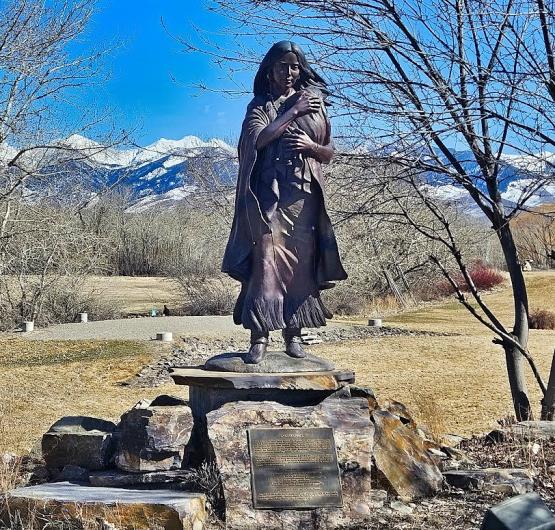Related Stories
- Twin Falls District Engineer Eddie Sanchez – seasonal wildland firefighter to engineer
- Coeur d’Alene District and Nez Perce Tribe Strengthen Community Through Partnership
- Secretary Deb Haaland visits with Ancestral Lands Conservation Corps crew working to stabilize Lowry Pueblo
- BLM educates families on benefits of the Access Pass
- National Public Lands Day: Clearwater River Clean-up

